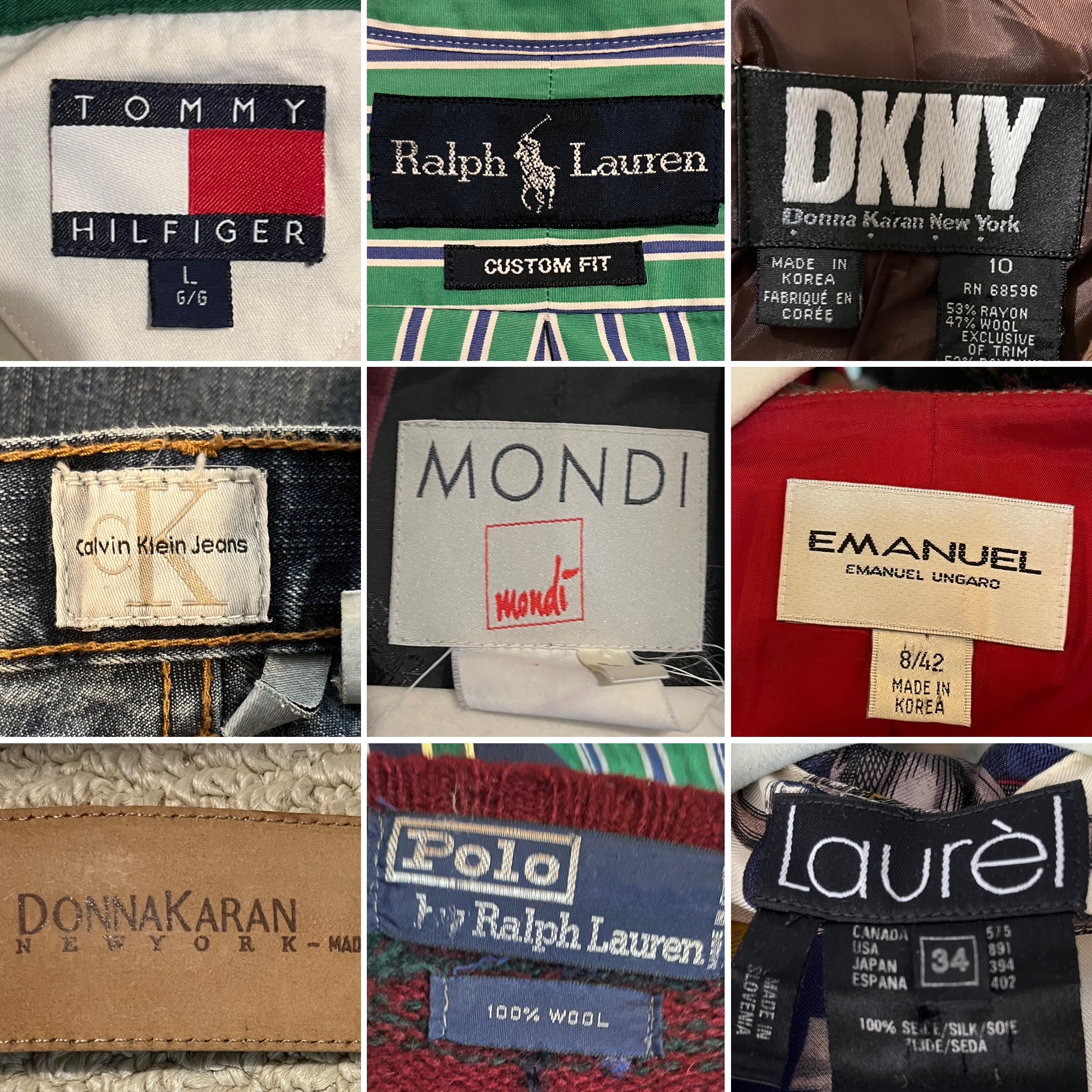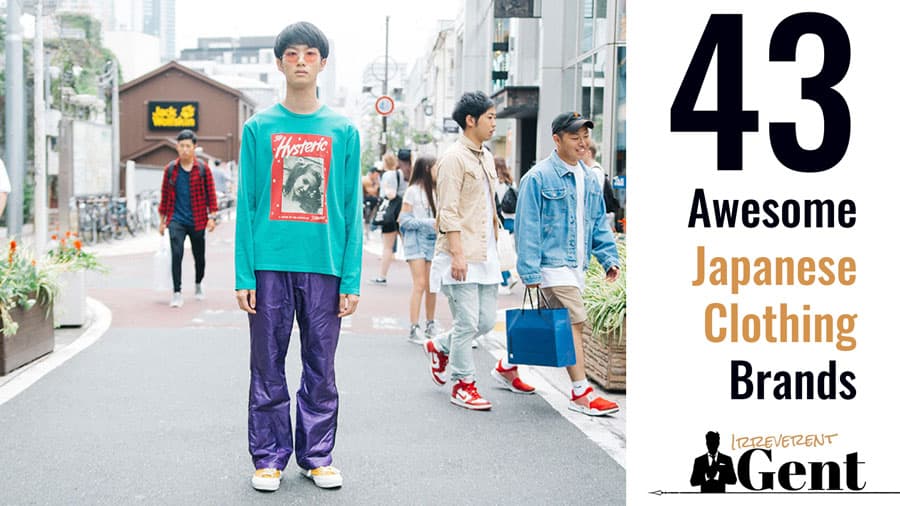Comprehending Apparel: The Importance of Material Options in Your Wardrobe
The option of material in clothing plays a critical function in both looks and capability. Various products supply varying levels of breathability, longevity, and comfort, directly influencing the wearer's experience. Recognizing these nuances can enhance one's closet considerably. Yet, several ignore how these choices can affect not simply personal design, yet likewise sustainability. What textile decisions could redefine your wardrobe and align it with both design and responsibility?
The Function of Material in vogue and Functionality

Typical Material Types and Their Qualities
When choosing garments, comprehending the features of usual textile types is important for making notified choices. Cotton, a widely-used natural fiber, is understood for its breathability, convenience, and gentleness, making it appropriate for casual wear and day-to-day garments. Linen, one more natural option, boasts exceptional moisture-wicking buildings and a distinctive texture, ideal for warm climates.Wool, typically preferred for its warmth and toughness, differs in excellence; merino wool is soft versus the skin, while coarser types are made use of for outerwear. Synthetic fabrics like polyester and nylon use sturdiness and resistance to wrinkles, making them preferred for activewear and traveling garments. Ultimately, blends, which combine artificial and natural fibers, can boost capability while maintaining comfort. By recognizing these textile features, people can pick clothing that aligns with their lifestyle and visual choices.
Breathability and Convenience: Selecting the Right Fabrics for Various Environments
Picking the best textiles for different climates can substantially improve convenience and total wearability. Breathable materials are important in warm environments, as they enable air blood circulation and moisture evaporation. Fabrics such as cotton, bed linen, and moisture-wicking synthetics properly attract sweat far from the body, maintaining the wearer cool and dry. Conversely, in chillier environments, thicker fabrics like woollen or fleece give insulation while maintaining breathability, guaranteeing warmth without overheating.Additionally, the choice of material weight plays an essential role; lightweight fabrics are more effective for summer season, whereas much heavier alternatives are fit for wintertime wear. Comprehending the distinct buildings of each fabric makes it possible for people to clothe properly for differing weather conditions. Ultimately, choosing comfy and breathable textiles customized to details climates can considerably improve day-to-day convenience and enhance the total experience of wearing clothes.
Toughness and Treatment: How Material Impacts Durability of Your Closet
Choosing the appropriate products can substantially impact the sturdiness and treatment needs of a closet. Fabrics such as cotton and polyester are recognized for their strength and simplicity of maintenance, making them excellent for daily wear. In contrast, delicate products like silk and shoelace call for even more cautious handling and specialized cleansing methods, which can boost the time and initiative required for care. Branded Clothing.Durability is additionally affected by the textile's weave and finish; snugly woven textiles have a tendency to stand up to deterioration much better than freely woven options. Additionally, artificial blends often provide enhanced sturdiness, combining the most effective top qualities of Check Out Your URL multiple fibers.Understanding the care instructions for every material is vital, as improper drying or washing can result in premature wear. Ultimately, choosing long lasting materials can bring about a longer-lasting closet, reducing the regularity pop over to this web-site of substitutes and adding to an extra lasting style option
The Influence of Material on Fit and Shape

Sustainable Material Selections: Making Eco-Friendly Choices
The influence of fabric prolongs past fit and shape to include environmental elements, prompting a growing passion in sustainable fabric selections. Environment-friendly fabrics, such as natural cotton, hemp, and Tencel, are getting traction amongst consumers who focus on sustainability in their wardrobes. These products are typically created with fewer chemicals and water, reducing their ecological footprint.Additionally, recycled materials, made from post-consumer waste, provide a cutting-edge solution to the fabric sector's contamination problem. Brands increasingly welcome openness in their sourcing approaches, enabling customers to make enlightened decisions regarding their purchases.Choosing sustainable textiles not just supports moral practices yet likewise urges the apparel industry to take on more liable production approaches. As understanding of environmental problems rises, people are urged to assess the lasting impact of their material options, fostering a motion in the direction of a more sustainable and environmentally conscious technique to style.
Raising Design: How Material Can Transform a Clothing
While many may concentrate on color and cut when selecting an attire, the selection of material plays an important function in raising design and boosting general look. Different materials share distinct moods and messages; for example, silk shows luxury and elegance, while jeans supplies an informal, loosened up ambiance. The structure and drape of a fabric can dramatically modify the shape, with organized textiles giving a sleek appearance and softer ones producing a more fluid, unwinded aesthetic.Moreover, the visit this site weight of the material influences wearability throughout seasons. Lightweight materials like linen and cotton are optimal for summertime, while heavier materials such as woollen and velvet provide warmth and style in colder months. Recognizing fabric residential properties, such as breathability and stretch, also equips individuals to make educated options that boost convenience without compromising style. Ultimately, the ideal material can change an attire from average to extraordinary, making it a vital consideration in any wardrobe.
Regularly Asked Concerns
Exactly how Do I Identify the Fabric Web Content of My Garments?
To identify fabric material, one can take a look at care tags, conduct burn examinations for fiber recognition, or get in touch with material swatches. These methods assist differentiate products, making certain informed choices for apparel treatment and upkeep in everyday wear.
Can Textile Selection Affect My Mood or Self-confidence?
Material option can significantly influence an individual's state of mind and confidence. Branded Clothing. Particular products might evoke feelings of convenience or sophistication, while others can feel limiting or unflattering, eventually affecting self-perception and psychological wellness throughout the day
What Fabrics Are Ideal for Sensitive Skin?
For individuals with delicate skin, all-natural textiles like bed linen, cotton, and bamboo are typically suggested. These products are breathable, hypoallergenic, and much less most likely to cause inflammation, making them appropriate options for comfort and skin health and wellness.
Exactly how Do I Effectively Wash and Treatment for Different Fabrics?
To effectively care and wash for various textiles, one need to consider each product's particular requirements, including temperature settings, cleaning agents, and drying methods, guaranteeing durability and maintaining the material's initial high qualities for suitable usage.
Exist Specific Fabrics for Athletic or Performance Use?
Sports or efficiency wear usually uses textiles such as polyester, nylon, and spandex. These materials are developed for moisture-wicking, breathability, and versatility, improving activity and comfort throughout physical tasks while supplying toughness and assistance. On the other hand, in colder environments, thicker materials like wool or fleece supply insulation while keeping breathability, ensuring warmth without overheating.Additionally, the choice of material weight plays a crucial function; lightweight materials are more effective for summer, whereas much heavier choices are fit for wintertime wear. In contrast, fragile products like silk and shoelace call for even more mindful handling and specialized cleansing techniques, which can raise the time and initiative needed for care.Durability is additionally influenced by the textile's weave and surface; snugly woven materials have a tendency to resist wear and tear far better than freely woven choices. In comparison, inflexible textiles can restrict movement however supply a traditional, polished look.Moreover, the thickness and structure of the material can affect the aesthetic understanding of body shape. The influence of textile extends past fit and silhouette to encompass ecological factors, motivating a growing passion in lasting fabric choices. The texture and drape of a fabric can significantly change the silhouette, with structured materials giving a sleek appearance and softer ones producing an extra fluid, unwinded aesthetic.Moreover, the weight of the textile influences wearability throughout periods.
Comments on “How Branded Clothing Combines Fit, Function, and Fabric Innovation”